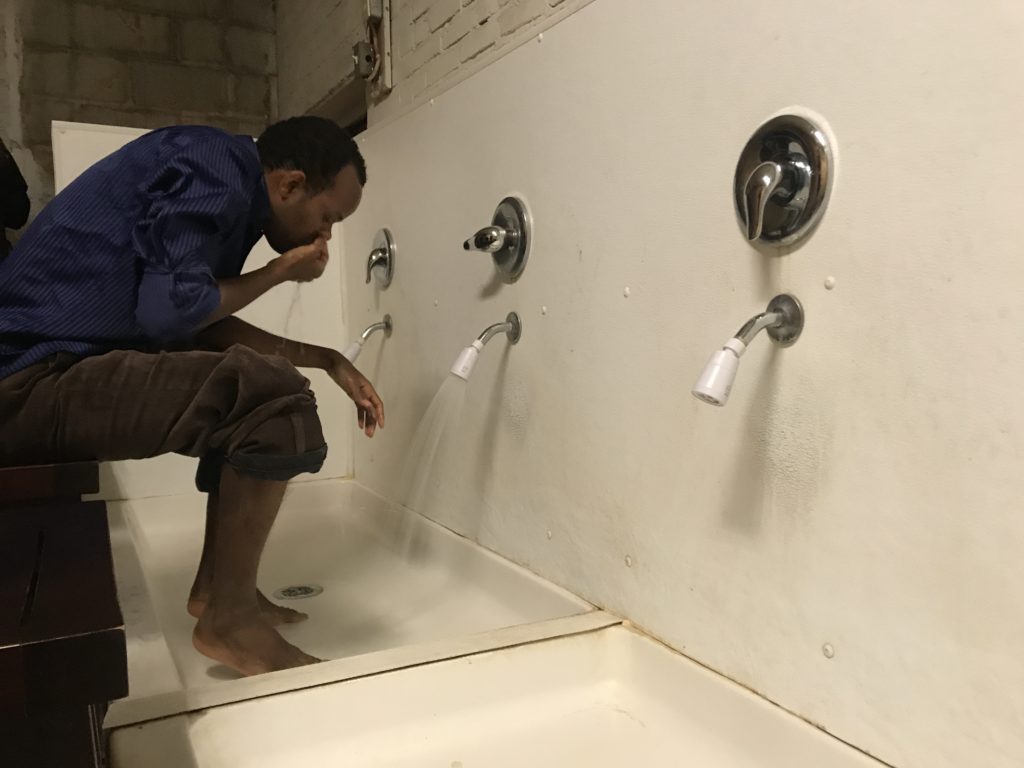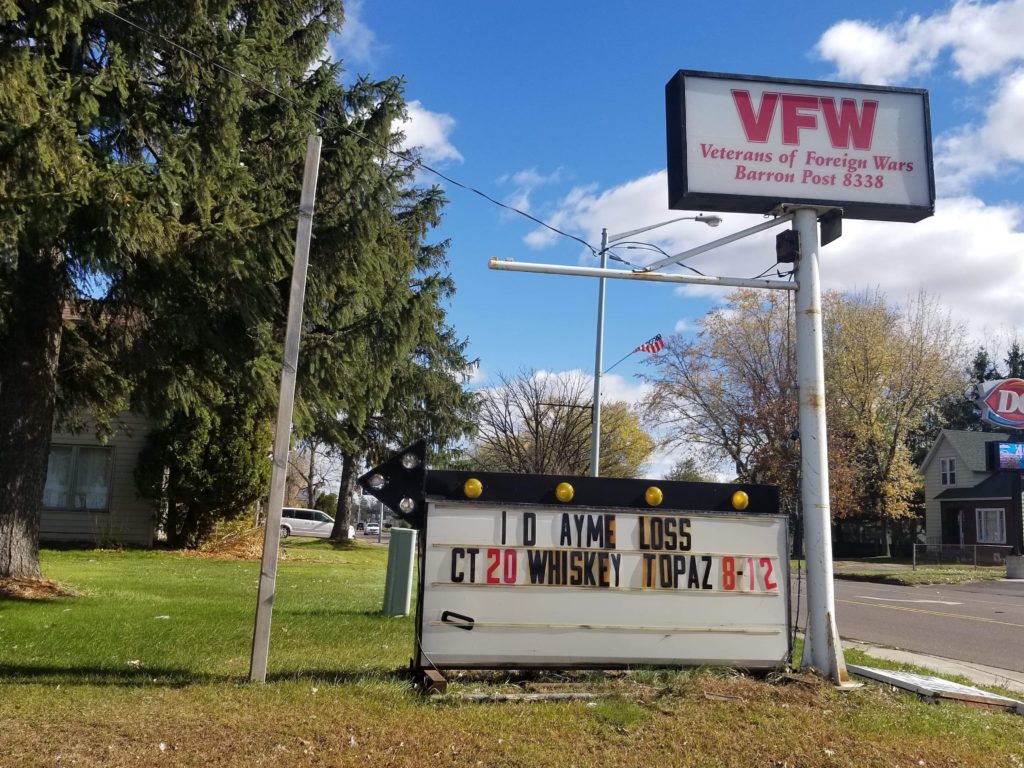The School
The classroom was loud with chatter and giggles. Instruction was underway in the ESL class at Barron High School. The energy in the room seemed misplaced for 8 a.m. but the colorful headscarves and traditional Muslim robes worn by the students added to the lively environment. They said they don’t dress this way everyday—only Fridays, the day of worship.
The teacher, Mr. Frandsen, told the students to move to the back corner of the room to answer questions from student journalists from Milwaukee. He arranged an area for them to sit across from them in chairs and the surrounding desks. They were not informed of the visit from the students prior to this moment, hence the side-eyes and hesitant glances back and forth.
They answered with mostly short, one worded responses. After each question, there was silence and then a couple boys against the back wall would respond with an inside joke to their friends only, paying no attention to the journalists in front of them.
It was only when the English aid Isaak Mohamed showed up that they became more serious. He’s from Somalia as well and when he spoke to them in their native language they listened.
The Store
Fadumo Hassna tidied up as she welcomed the student journalists guided by Isaak into her store.
The walls were lined with patterned scarves and clothing, and there wasn’t much room to walk as the floors were covered in miscellaneous clothing and beauty items.


She agreed to an interview, but warned that her English wasn’t very good. Instead, she communicated through her products. While some students interviewed Isaak, Fadumo walked a group of other students over to the wall of perfumes where she took the dropper out of each bottle and said to smell. She dropped the product on their skin and smiled as the musty floral scent filled the shop.
Shortly after, she helped a couple students pick out a headscarf so that they could go into the mosque next door. She grabbed a stack of scarves in plastic wrapping and said she would give them to them at a discount of $5. One student chose a scarf with a pink and white paisley pattern. Fadumo asked to show the student how to wear it. She placed the silk over her head, wrapped it around her face and placed the excess fabric behind her shoulders.
“It’s your color,” she said.


The Mosque
The men in the mosque stared at the female journalism students as they removed their shoes at the door.
Women are typically only allowed in the basement of this mosque.
It wasn’t an intricately designed or beautifully decorated building, just a room with curtains placed randomly about on walls without windows. One student asked their purpose and Isaak said they were just decoration.

Isaak led the group to the room where the men wash before prayer. It wasn’t like washing your hands after using the restroom. It was a religious practice that could be sensed from the intensity of Isaak’s movements as he demonstrated.

He splashed with face with the water and scrubbed with his whole palms, even making certain to rinse out his ear drums. He’s probably done this a thousand times.
The VFW
Stares here weren’t unlike those in the mosque. The only difference was these ones were from white people, like the two female students, but who still noticed that they didn’t belong there.

The bartender knew the woman sitting at the corner, who knew the man across from her who said he couldn’t give the students his name.
A bar is usually a place of conversation, but at 1 p.m. the two students had to break the ice with a vodka soda and a Miller Lite.
The students introduced themselves and the bar patrons skipped over them with their eyes and looked to one another for approval.
Elaine, a woman probably in her 60s or 70s, sipped a Diet Coke from a straw while she told them about how she feels bad for the Somali women who she says are oppressed by the men.